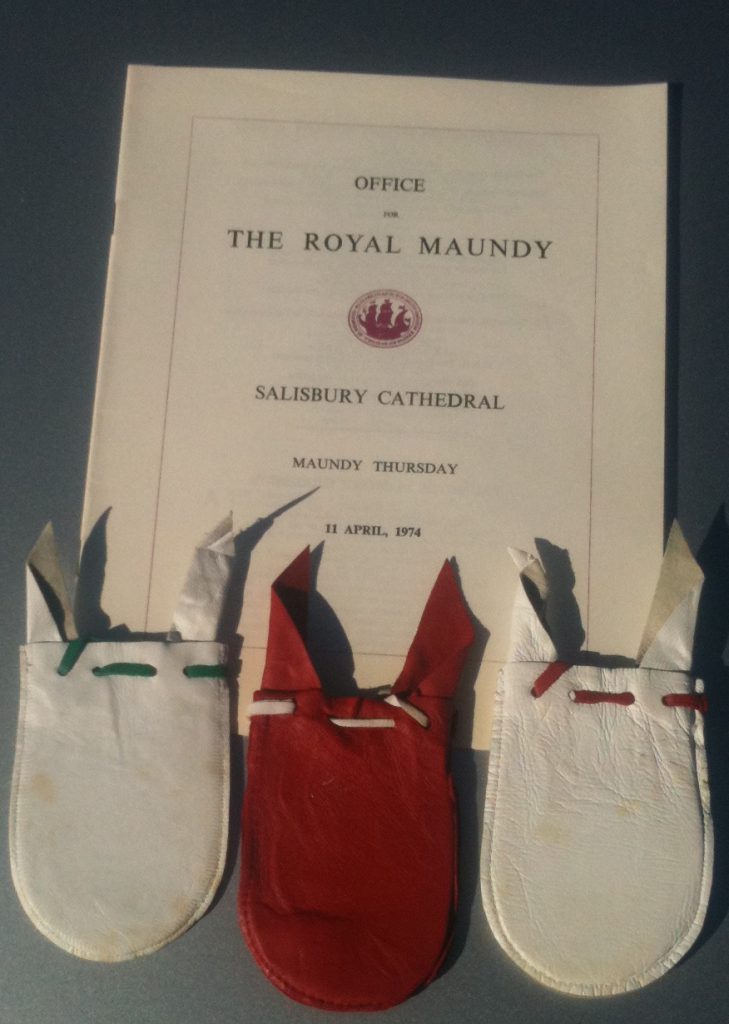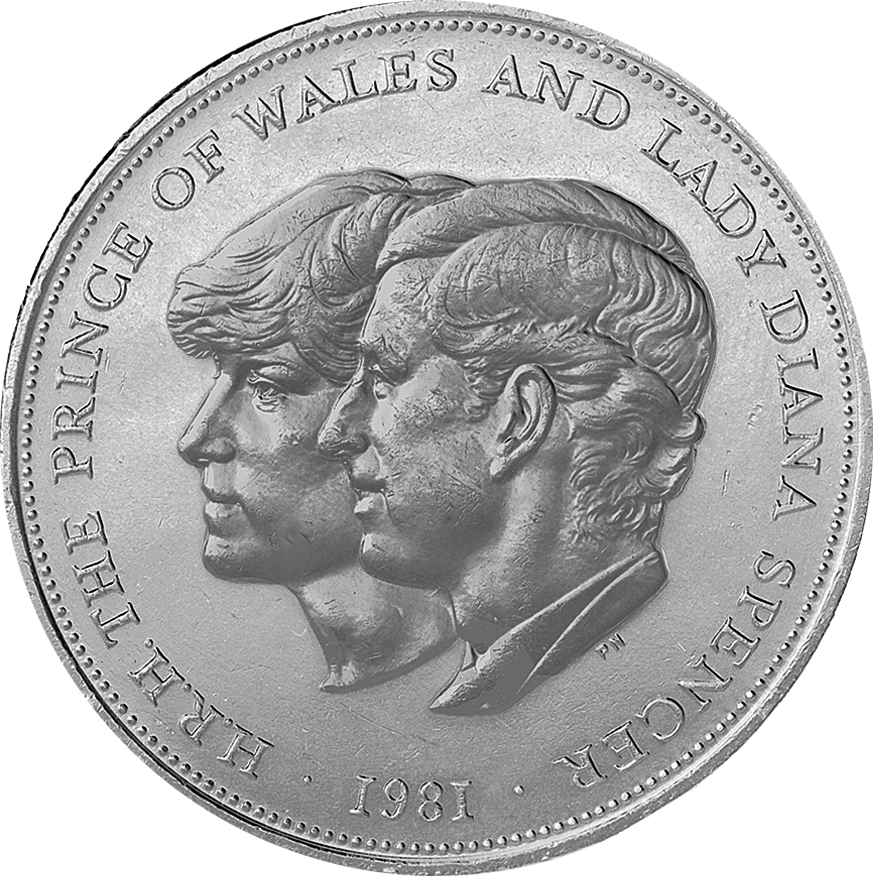Did our coins pass a 732 year old test?
 A few weeks ago I was invited to attend the opening ceremony of the Trial of the Pyx, the United Kingdom’s oldest judicial procedure – dating back to the thirteenth century.
A few weeks ago I was invited to attend the opening ceremony of the Trial of the Pyx, the United Kingdom’s oldest judicial procedure – dating back to the thirteenth century.
The results are now out, and the verdict is…
Our coins are fine!
Unsurprisingly there were no problems with this year’s trial. In fact, there has never been a recorded problem in the history of the Trial of the Pyx, which makes this the 732nd consecutive successful verdict for the Royal Mint.
A flawless record for over seven hundred years prompts a question. is the trial still needed, or is it just an ancient tradition which we feel obliged to abide by?
The reality is, with the growing use of automated vending machines and increased counterfeiting, the trial is as important now as it has ever been.
All we need to do now is find the new 2014 coins when they make their way into our change!
You can find out more about my visit here, including some photos of the opening ceremony.
88 pence that you won’t find in your change…
Maundy Thursday is a key day during the Easter week. It commemorates Jesus Christ’s last supper on the day before his crucifixion.
A Church service known as Royal Maundy takes place each year on this day, and is inspired by the generosity shown by Jesus in washing the feet of his disciples shortly before his death. The origins of the ceremony can be traced back to the Middle Ages, when English monarchs would wash the feet of beggars and offer gifts of food and clothing in imitation of Jesus. King John was the first to give to the poor on Maundy Thursday and by the early 14th century, it had become customary for the sovereign to provide a meal, together with gifts of food and clothing.
Sharing the Wealth
For numismatists, the day has added significance in the form of Maundy money which is given out by the reigning monarch each year at the service.
The tradition of giving out money began with Charles II, with the first set of Maundy coins consisting of a four penny, three penny, two penny and a penny. The coins have remained in much the same form since then, and are traditionally struck in sterling silver.
At the Royal Maundy ceremony, the reigning monarch hands each recipient two small leather string purses – one white, one red. The red purse contains ordinary coinage as money (in lieu of the food and clothing which was offered years ago) and the white contains silver Maundy coins. The Maundy coins total the age of the King or Queen in pence, so this year each white purse will contain 88 pence as this year’s service is in the Queen’s 88th birthday year.

A chosen few
Nowadays it is not the poor who are the recipients of this gift, but specially chosen members of the public in recognition of the service they have given to the Church and local community.
The number of men and women receiving Maundy Money also equals the age of the sovereign during the year, and since the reign of George I, the recipients have been an equal number of men and women. For example, in 2015 there were 88 men and 88 women from Lancashire who were nominated to receive 88 pence in Maundy coins.
The tradition and heritage behind Maundy money makes them among the most sought-after coins in British numismatic history. Their owners are part of an exclusive club which dates back centuries, and they still exemplify the generosity and selfless work of the Church during this, the most important week in the Christian calendar.
If you’re interested in coin collecting, our Change Checker web app is completely free to use and allows users to:
– Find and identify the coins in their pocket
– Collect and track the coins they have
– Swap their spare coins with other Change Checkers

Sign up today at: www.changechecker.org/app
25 pence – the ‘unknown’ denomination
Nowadays, the very idea of a 25p coin seems strange and certainly not something that would ever be adopted into our monetary system. However, between 1972 and 1981, four 25p coins were issued in the UK and if you know about them, you can call yourself a true Change Checker – as for most of us it has become the ‘unknown’ denomination.
A new decimal era
In 1971, decimalisation brought about a significant change in British coinage. Amongst other denominations, the crown, which had always traditionally been worth 5 shillings, was re-tariffed. Logic dictated that the value of a crown was now 25 pence. Logic does not always follow common sense, nonetheless in 1972 the first 25p was issued as a commemorative, and three more were to follow:
The very first 25 pence coin was struck to honour the Silver Wedding Anniversary year of Queen Elizabeth II and Prince Philip. The reverse design features their initials and anniversary dates.
Five years later in 1977, the Queen celebrated her Silver Jubilee. For this crown, a rarely seen portrait of Her Majesty on horseback was struck for the obverse, similar to the famous Coronation crown. The reverse depicts the ampulla and anointing spoon used in the ceremony.

The 1980 crown was the very first time a person other than a monarch had been portrayed on a coin in their own lifetime; that honour went to the Queen Mother for her 80th birthday. The reverse design features a pattern of bows and lions – a pun on her maiden name (Bowes-Lyon).
1981 saw Charles and Diana’s wedding. The crown issued for the occasion was the very first time that three people had been portrayed on a British coin simultaneously, with the reverse featuring a conjoined portrait of the bridal couple.
Despite their obvious lack of denomination, all the coins are legal tender, but the reality is that most banks and retailers would be reluctant to accept them. There was nothing wrong with the continuity of these 25p crowns – they were all their familiar size, all struck in cupro-nickel as before, and all commemorated a Royal British occasion.
However, the Royal Mint recognised a problem.
A denomination consigned to history
By 1990 inflation had meant that to issue such a large coin at a face value of 25p would result in a large portion of income being taken up in minting the coin. By way of comparison, the purchasing power of the first commemorative crown in 1935 was well over ten times that of a 25p crown in 1990. It was also a glaring mismatch in terms of a weight to value ratio. Four 25p crowns totalling £1 weighed about the same as 12 of the £1 coins which entered circulation in 1983.
As a result, it was determined that all future crown sized coins would have a face value of £5. In fact, nowadays if you were to ask most people the value of any crown-sized coin, their response would be £5 as we have so readily become accustomed to this new denomination.
But for those in the know, there will always be four highly collectible exceptions to the rule.
Now you can own all four of the decimal 25p crowns with The United Kingdom Decimal Crown Collection.
These are:
- 1972 Silver Wedding
- 1977 Silver Jubilee
- 1980 Queen Mother’s Birthday
- 1981 Charles and Diana’s Wedding
Complete in Change Checker Protective Cards click here to reserve.





